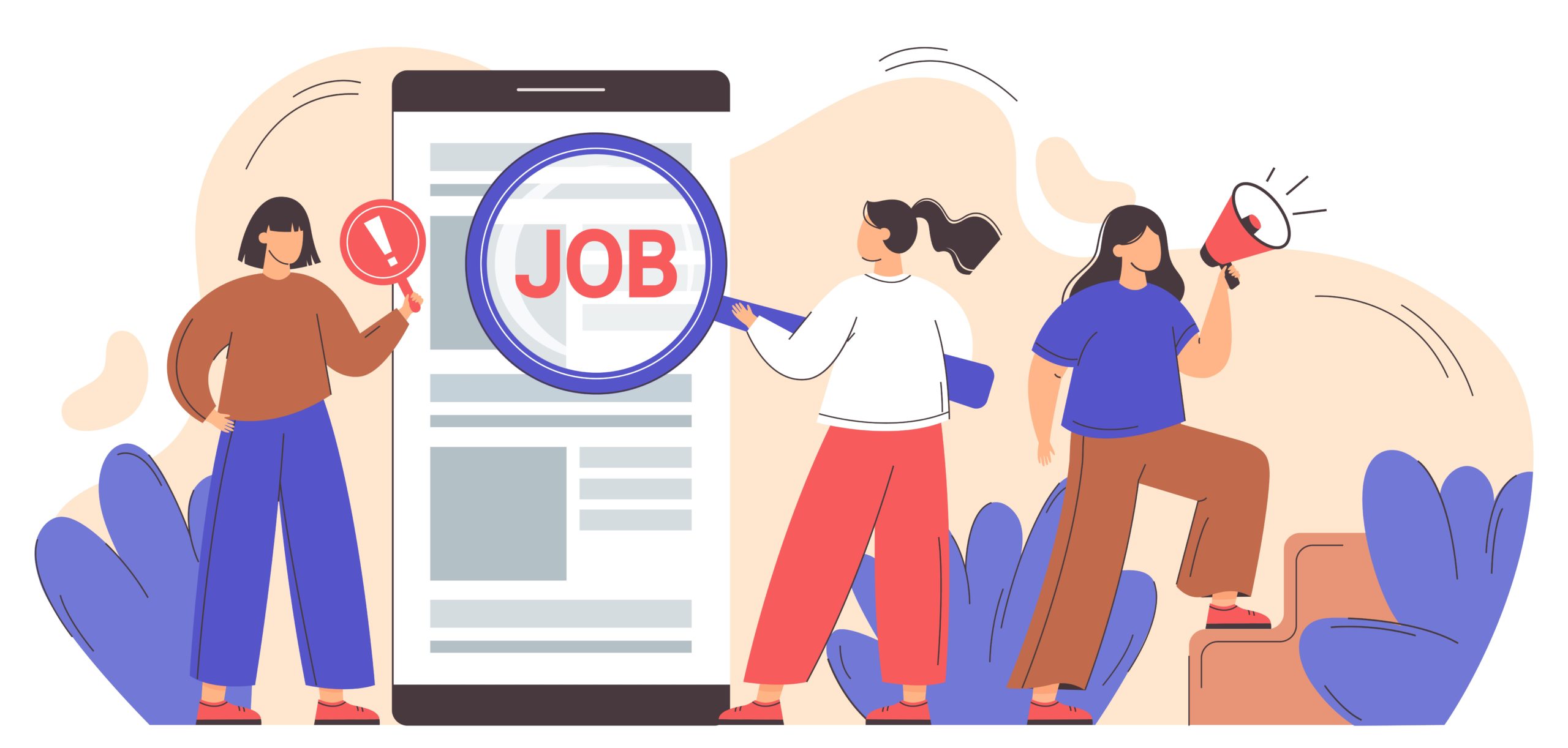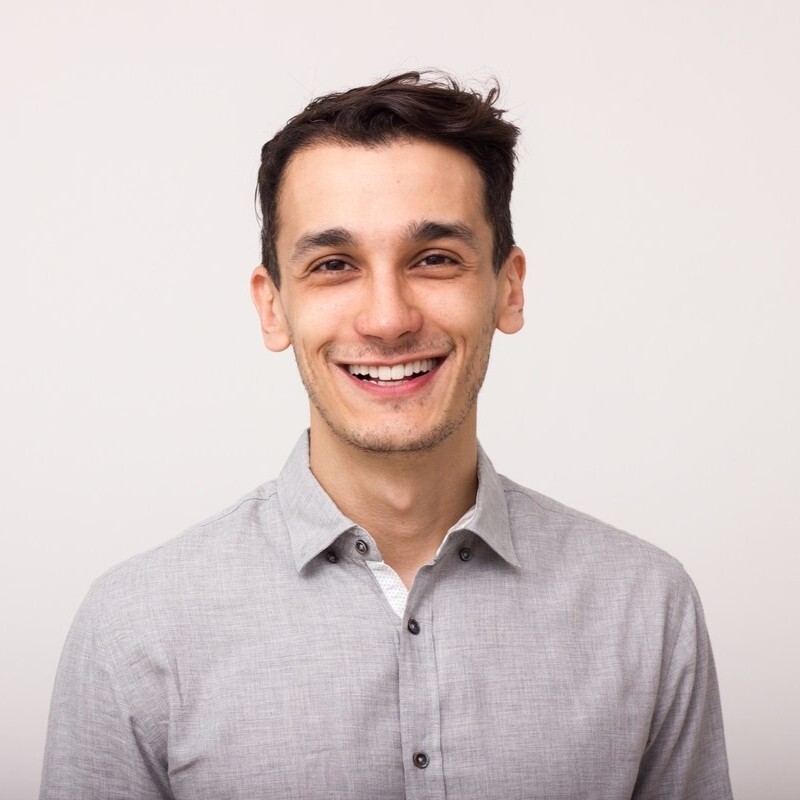Quality #1. Clear Problem Solving
McKinsey wants to see if you can bring clarity to problems that feel overwhelming.
In interviews, they’ll hand you a situation with too many unknowns.
They’re not testing what you know.
They’re watching how you organize your thoughts when the path isn’t clear.
Here’s how to show it:
- Restate the problem in your own words to show you understand it.
- Break it into a few main areas that drive the answer.
- Explain briefly how you’d explore each area.
- Highlight where you’d focus first and why.
Example:
“For a telecom company looking to grow revenue, I’d look at two big areas. First, consider ways to increase revenue, such as pricing adjustments, new offers, or attracting new customers. Second, ways to prevent revenue loss include reducing churn and improving retention. I’d prioritize based on which area has the biggest potential.”
When you approach a problem this way, you show them you can guide others through complexity instead of getting lost in it.
Quality #2. Strong Personal Impact
Strong analysis means nothing if you can’t move people to act.
McKinsey looks for proof that you’ve changed outcomes.
Think of moments when your actions shifted direction, built alignment, or unlocked progress.
Your title doesn’t matter. What matters is that you made a difference.
Think of moments when your actions changed the outcome.
Here are few examples:
- Stopping a costly project by showing a better option in a key meeting.
- Turning a divided team into a focused one by reframing the problem and guiding them to agreement.
- Helping leadership back an idea by presenting data in a way that clicked.
These stories show that you don’t just think well, you help people move forward.
Quality #3. Entrepreneurial Drive
Consulting isn’t a 9‑to‑5 checklist job. It’s unpredictable.
McKinsey wants to see that you take initiative, push through setbacks, and create opportunities where none existed.
Look for moments where you didn’t wait for someone else to tell you what to do.
Times when you kept going despite setbacks, or built something new when resources were limited.
When you tell these stories, focus on action and outcome:
- What situation or gap did you notice?
- What steps did you take on your initiative?
- What changed because you acted?
Example moments:
- Building a new process from scratch when the old one kept failing.
- Launching a small pilot in a new market to prove its viability.
- Jumping into a struggling team mid‑project, figuring out what was broken, and getting them back on track.
These moments show you’re not just dependable when things are smooth.
You’re someone who creates progress in tough, unclear situations.
Quality #4. Inclusive Leadership
In your current role, you might work with people who share your background or approach.
In consulting, it’s different.
You’ll often lead teams made up of people from different cultures, disciplines, and ways of thinking, all while dealing with high‑pressure client demands.
McKinsey wants to know if you can bring those differences together and turn them into a strength.
Think about times like these:
- You joined a new team with clashing personalities and found a way to get everyone aligned.
- You adjusted your communication style to help someone from a different background feel comfortable sharing their ideas.
- You stepped into a tense situation and set ground rules or created routines that made collaboration easier.
When you tell these stories, focus on:
- What made the team or situation challenging.
- The steps you took to understand others and adapt your style.
- How your team approaches a project is a better way to succeed in a project.
Example moments:
- Bringing engineers, marketers, and operations together and running a workshop where everyone’s input shaped the plan.
- Leading a project across regions with different work styles and finding a way of working that fits everyone’s strengths and timelines.
- Helping a quiet teammate grow into a key contributor by showing them their ideas mattered.
Stories like these show McKinsey you’re someone who can unlock the potential of any team.
No matter how different the people around the table are.
What to Expect in the McKinsey Process

Many experienced hires believe the process is a mystery.
It’s not.
It’s actually pretty predictable once you know the flow.
Here’s how it usually goes:
- Application Review – Your résumé is their first filter. In just a few lines per role, they want to see measurable results and examples where you shaped outcomes.
- First‑Round Interviews – If your résumé passes, you’ll typically have two interviews in the first round. Each interview has two parts:
- Then, a case interview, where they hand you a real‑world business problem and watch how you work through it.
- Then, a personal experience interview, where they dig into a moment from your past to see those key qualities in action.
Take note: These aren’t separate “tests.”
There are two ways of asking the same question: Can this person think and lead the way our consultants do?
- Lastly, the final round. Expect more challenging, layered, and deeper cases in your personal stories. Often, you’ll meet a partner or senior leader who isn’t just checking skills but gauging whether you’d fit the firm’s culture and thrive in the pace of consulting.
The cases aren’t about getting the “right” answer.
They’re about how you get there.
And the personal experience questions are not a casual chat.
They’re probing for the four qualities above.
Build a Résumé That Opens Doors
Your résumé isn’t just a list of jobs.
It’s the first proof that you think like a consultant.
Focus on impact, not tasks.
| Instead of writing… | Write it like this… |
| Managed a team of five analysts. | Led a five‑person team to redesign supply chain operations, reducing lead times by 18%. |
Keep it tight. McKinsey reviewers skim fast.
Focus on the results and the key actions you took to achieve them.
5 Interview Mistakes Experienced Hires Make
You may have interviewed for senior roles before, but McKinsey interviews are a different game altogether. Avoid these common traps:
1. Giving “War Stories” Without Structure
It’s tempting to dive into a long story about a project you’re proud of.
More detail = more experience.
But in a McKinsey interview, they’re not grading you on how much you’ve done.
They’re listening to how clearly you can explain it.
Instead of sharing every twist and turn, frame it like this:
What was the problem? What exactly did you do? What changed because of it?
When you keep your story structured, you help them see your thinking instead of getting lost in the details.
2. Diving straight into case math
Many candidates want to impress by crunching numbers right away.
The problem?
It makes you appear as though you’re reacting instead of leading.
Before touching the math, pause and lay out how you’d approach the case.
Walk them through the big pieces you’d explore and why they matter.
When you do that, the math becomes part of a plan.
3. Overexplaining your industry
You might know your field inside out, and it’s natural to want to show that.
But in these interviews, going too deep into technical details can backfire.
The interviewer is present to understand how you think and make decisions.
Keep your examples focused on what you did to solve the problem, not on teaching them how your industry works.
4. Ignoring the personal fit questions
Many candidates overprepare for cases and forget the personal part of the interview.
That’s a mistake.
McKinsey uses personal fit questions to see if you have leadership, influence, drive, and teamwork under real pressure.
If you skip practicing these stories, you risk coming across as one‑dimensional.
Be ready to talk about times you’ve led people, driven change, and delivered results.
5. Treating it like a one‑way interview
Some candidates think the interview is only about proving themselves.
It’s not.
McKinsey also wants to see that you’re choosing them.
That you care enough to ask thoughtful questions about their work and culture.
When you do that, you stop looking like a nervous applicant and start looking like someone they’d want on their team.
How to Prepare Without Burning Out
You don’t need to spend months buried in prep mode.
A focused plan will always beat endless drilling.
Here’s what actually works:
1. Practice Through Live Case Sessions
Reading frameworks and sample cases is a good start, but it won’t teach you how to perform under real interview conditions.
When you’re actually in the room, you’ll need to think out loud, explain your steps clearly, and stay calm when the interviewer pushes you with follow‑up questions.
The best way to build those skills is through live practice.
Find someone who can run cases with you. A peer who is also preparing for interviews, a former consultant, or even a mentor who is willing to learn the format.
Schedule regular sessions and treat them like the real thing:
- Set a timer.
- Walk through the problem step by step.
- Ask for challenging questions midway to test your adaptability.
After each session, talk about what went well and where you hesitated.
The more you simulate the real environment, the more confident and natural you’ll feel on interview day.
If you require additional support, we have a consulting prep track at High Bridge Academy, where you can participate in live mock sessions and receive feedback from experienced coaches.
2. Prepare a Strong Set of Impact Stories
Your résumé shows what you’ve done, but in interviews, McKinsey wants to hear the story behind those achievements.
That means having clear examples ready that show your problem-solving, leadership, drive, and influence.
Pick 6 to 8 moments from your career that had real stakes.
For each story, write down three things:
- The situation: what was at stake and why it mattered.
- Your actions: what you did to make a difference.
- The result: the concrete outcome or impact.
Then practice telling each story out loud until it flows naturally in under two minutes.
When the interviewer asks, “Tell me about a time you led a team through a challenge,” you won’t be scrambling to remember.
You’ll have a polished story ready that highlights exactly what they want to see.
3. Seek Feedback Early and Often
Practicing alone is productive.
But without feedback, you risk repeating the same mistakes.
Good feedback can double your learning speed, with an effect size of 0.72. Meaning, you learn nearly twice as fast without it.
Studies also show effective feedback can boost performance by 30 percentile points .
So, bring someone into your prep sessions as soon as you can. Be it coaches, former consultants, or peers willing to challenge you.
After each practice, ask sharply:
- Was my problem structure clear?
- Did my explanation make sense?
- Did I miss key issues or rush the details?
Even one piece of valuable feedback early on can help you correct course and build strong habits.
Regular feedback doesn’t just fix errors. It builds confidence fast, so when it’s game day, you’re polished, not guessing.
4. Focus Your Prep Into Short, Sharp Sprints
You don’t need to live in prep mode for months.
Over-prepping often leads to burnout and scattered thinking.
Instead, plan for a few weeks of focused, high‑quality sessions.
Block out specific times in your schedule for practice, and treat those sessions as deep work:
- Do a live case with feedback.
- Review one or two impact stories.
- Note your biggest areas for improvement for the next session.
Then step away and let your brain rest.
This rhythm helps you absorb what you’ve learned and keeps your energy high.
By the time you walk into your interviews, you’ll feel sharp, prepared, and confident, without having exhausted yourself in the process.
When to Apply (And When to Wait)

Timing makes a big difference.
Knowing when to hit “submit” and when to hold back can save you time and frustration.
| Apply When… | Hold Off If… |
| You have 5–7 substantial, measurable achievements that demonstrate leadership and problem-solving skills. | You’re in the middle of a work crisis and can’t focus on prep. |
| You can set aside time in the next few months for serious interview preparation. | Your résumé still reads like a task list instead of highlighting impact. |
Don’t pressure yourself to be perfect.
Focus on building a résumé that shows clear impact, carve out time to prep properly, and you’ll be in a far stronger position when you do apply.
Your Next Step Toward McKinsey
Breaking into McKinsey as an experienced hire means translating the career you already have.
Show the qualities needed clearly and confidently, and you’ll see that the door is wide open.
Start small tonight.
Take one or two of your best career stories and outline them:
What was the problem? What did you do? What changed because of it?
That single exercise already puts you ahead of most applicants before you even send your résumé.
If you’re preparing for McKinsey or other top firms and want structured case practice with expert feedback, check out our Module 2 at High Bridge Academy. It’s built to help experienced hires stand out and succeed. Learn more about it today!


